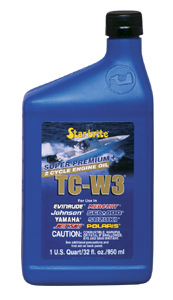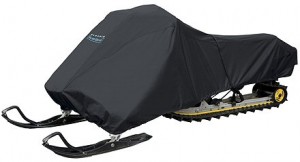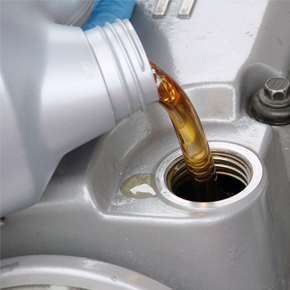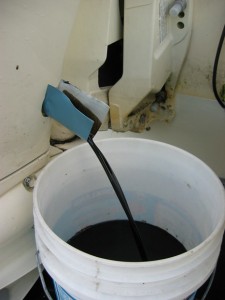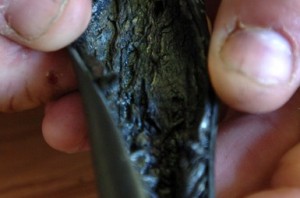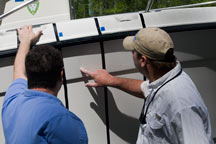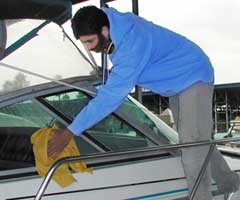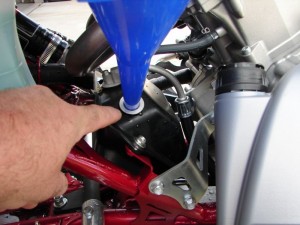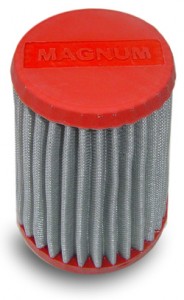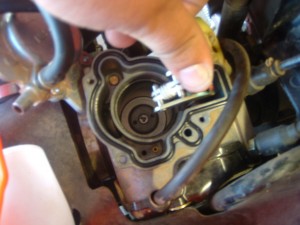TC-W3 Certification: The Testing
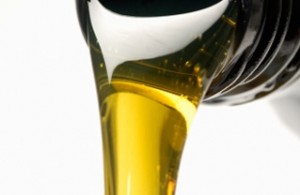 The National Marin Manufacturers Association (NMMA) is the organization holding the trademark for TC-W3 and is responsible for all of the analysis. Each 2 cycle oil is put through a rigorous series of tests to ensure that it meets the highest lubrication standards under a range of conditions. A bench test is a trial conducted in a laboratory prior to a product being made available to the public.
The National Marin Manufacturers Association (NMMA) is the organization holding the trademark for TC-W3 and is responsible for all of the analysis. Each 2 cycle oil is put through a rigorous series of tests to ensure that it meets the highest lubrication standards under a range of conditions. A bench test is a trial conducted in a laboratory prior to a product being made available to the public.
To receive TC-W3 certification, every two-cycle oil must pass several bench tests, which include checks for viscosity, lubricity and fluidity, among others. Ring sticking and carbon buildup on the pistons are both checked for as well. Tomorrow we will look at the various engines that are used to test the oils and take a closer look at what it takes for an oil to be approved.


